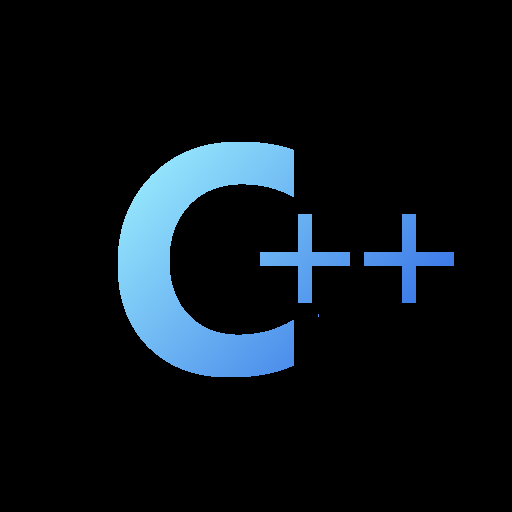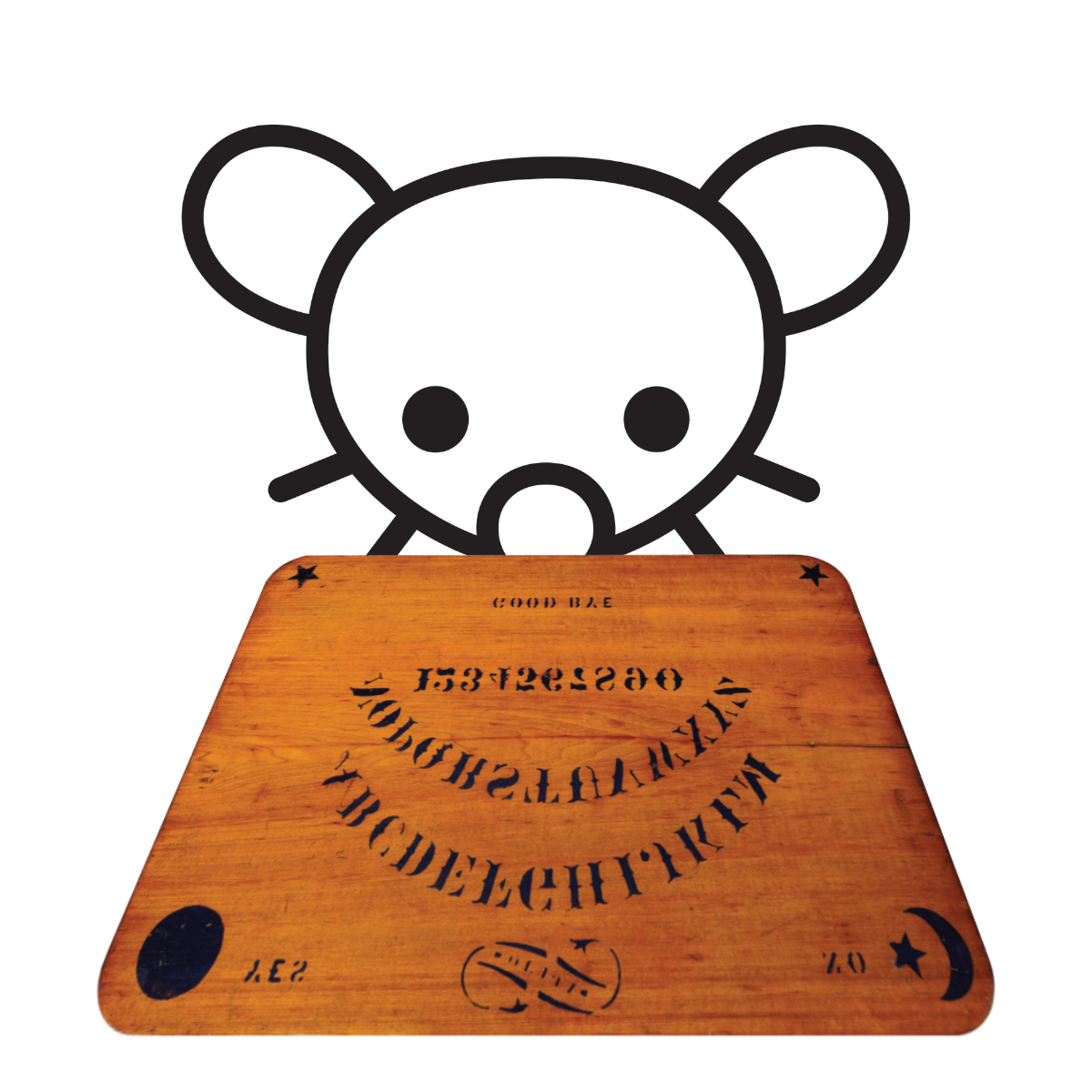No, I bet it is some AI firm. nVidia is currently milking most of them dry and I would not be surprised if it is either Microsoft or Meta
- 1 Post
- 592 Comments

 3·1 month ago
3·1 month agoHuh, I tried to use their price estimator for my use case but it comes out the same for cloudflare pages + function and their goodies (D1, R2, DO, etc.) usage (around $5). But it is neat for in-between usage that is smaller than what cloudflare offers.

 0·1 month ago
0·1 month agodeleted by creator

 01·1 month ago
01·1 month agodeleted by creator

 1·1 month ago
1·1 month agoYeah, hence why I said that technically the license can be revoked. Enforcing that is another matter. Without going into the weeds, we need to rethink how to handle it. At minimum, we need to make sure that if the license is revoked not from breaking ToS, the Copyright/IP holder must refund the purchase too. The copyright/ip holder still has the right to their creation but the consumer is also protected via those refund. It is indeed not bulletproof but whether you like it or not, copyright/ip protection is needed to some extent.

 1·1 month ago
1·1 month agoOn the basis of technicality, it will depend very wildly on the ToC of said intellectual property. As you said, GOG just distributes the installer and that is it, the IP holder can technically revoke your/GOG license if that is in the ToC somewhere.

 21·1 month ago
21·1 month agoNow that you mention 3.5%, yeah I can see how 30% is a bit much

 4·2 months ago
4·2 months agoC# is C++ and another ++ on top of the existing ++
The redneck engineering equivalent in CS

 2·2 months ago
2·2 months agoYou jest but it can happen when what the docs says doesn’t reflect the implementation. And also, that’s what we call bugs.

 5·2 months ago
5·2 months agoOh, is this the same guy that gives the commencement speech “I wish you bad luck”? I quite liked that speech but not so on this decision.

 121·2 months ago
121·2 months agoThe problem from the article is that the GPL was violated and somewhere downstream the user demanded they fix something to upstream. Being that downstream has modification without being published (my assumption on the GPL violation, either found due to inconsistent bug reproduction or other), the author is understandably upset.

 2·2 months ago
2·2 months agoThat’s for a printer but the article is SSD?
Edit: you got the year wrong

 3·2 months ago
3·2 months agoNothing comes to mind. DRM literally means digital rights management and unless you wanted to be petty, like blocking a certain person from using your app, then DRM for something free is not something that I can think of a use case for.

 1·2 months ago
1·2 months agoEnforcing payment comes to mind without resorting to in-app purchase or any account creation. A lot of desktop software is a good example of those. Sure, you can still have cracks and whatnot, but then again, that’s not the point. Might as well ask what is the point of Denuvo. That is a whole other discussion.

 1·2 months ago
1·2 months agoYes, that’s my point. Android “doesn’t” have to use Google Play Store, but it is convenient. Other store fronts exist like F-droid and many vendor specific one. Google just provide the DRM mechanism like steam does provide DRM via steamworks

 3·2 months ago
3·2 months agoWhat I mean by that is, this is just an API/SDK for app developers to use. Google does not enforce the use of such things. Much like steam does not force the use of their drm for example (please note the difference between the marketplace and the drm). App developers can always choose how they make and distribute their app.

 192·2 months ago
192·2 months agoEhh, this is basically just another form of DRM. No different than you having a Steam and GOG model. You can make your apps using DRM and enforce certain constraints



The cat reminds me of this manga